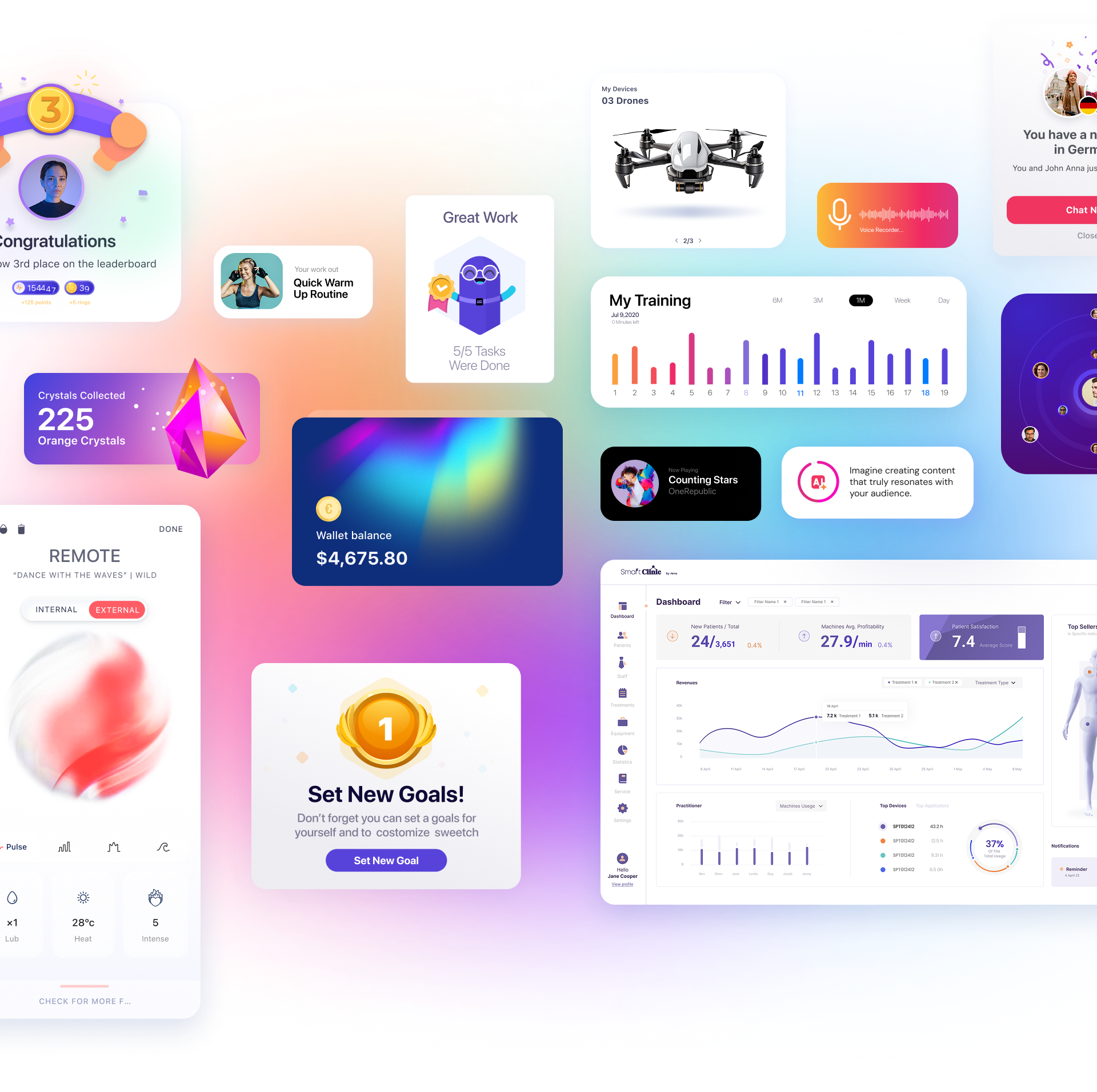You probably know the answer is “no”, but it’s a fun comparison, right?
The Product Owner is one of the most important roles in product companies, but there’s a lot of confusion between the Product Owner and Product Manager roles.
Role Definition: Product Owner vs. Product Manager
Product Manager: One of the most critical roles in a company. PMs are involved in almost every aspect of product specification, design, and development, serving as the link between the various stages of the product development process.
Product Owner: Among the most senior roles in product departments, POs define the product story, manage different teams, and are responsible for all aspects of the product from A to Z.
From these brief definitions, you can see the most prominent distinction between the two roles.
Product Managers are involved in “almost” every aspect of product development, focusing on strategy and customer needs. The key terms that guide them are: vision, goal, and strategy.
The Product Owner role combines a deep understanding of the product, its users, and the development process itself. POs turn user problems into use cases, define tasks for design and development teams, manage the backlog, and ensure the product delivers real value to end users. The terms that guide them are: user story, tasks, and value delivery.
Background: Product Manager & Product Owner
The term “Product Management” originated in the 1930s at companies like Procter & Gamble and Toyota. The idea was to create a broad role with a variety of responsibilities to help companies quickly and efficiently develop products that customers love.
Today, the term “Product Management” is closely associated with the tech world of Silicon Valley, but product managers exist in every company—from product companies like Monday.com to the banks we all know.
While “Product Management” is a broad and flexible term, the Product Owner is more specific and clearly defined, and only entered our lives in the early 2000s.
Scrum and The Agile Manifesto:
In 2001, the “Agile Manifesto” was published, calling for a strategic revolution in how products are developed. This document (which you can read for free here) outlines four core values and twelve principles that software developers should use to work more effectively.
The publication of this document led to the development of the Scrum Framework, a process that accelerates product development by breaking development teams into small, sprint-based groups, each led by a Product Owner.
Mini Summary:
The Product Manager is a broad role that has accompanied companies and organizations for nearly 100 years, while the Product Owner is a newer role that emerged alongside the Scrum development process.
Official Role Definitions Don’t Always Match Reality
In most cases, the official job description doesn’t define the actual responsibilities. In different companies and organizations, the Product Owner often takes on a much broader role.
For some companies, the Product Owner may focus more on product analytics; in others, they support and oversee product managers; and in some, they act as a senior project manager.
In conclusion, job definitions are flexible and change according to the company’s style, industry, and organizational structure. So, if you come across the roles of Product Manager and Product Owner, don’t rely on the title alone—check with the company, do your research, ask questions, and make sure you’re speaking the same language.





 Book a Call
Book a Call





